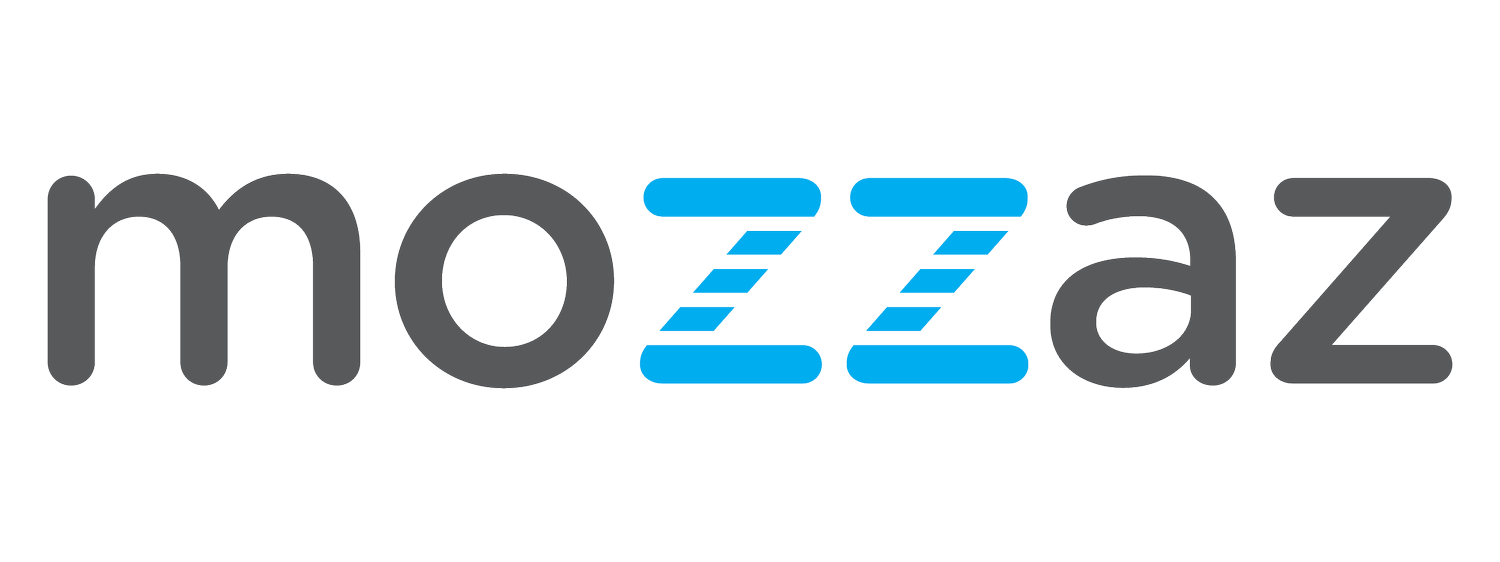Reduce Readmissions for COPD with Remote Patient Monitoring
A growing area for remote patient monitoring (RPM) has been in the treatment and management of patients with Chronic Obstructive Pulmonary Disease (COPD). With the aim to improve patient health outcomes and reduce overall hospital readmissions, the Comprehensive COPD Clinic at UC Davis Health has recently launched a remote patient monitoring program for high-risk patients with COPD.
COPD is a broad term that describes a group of diseases that includes chronic bronchitis and emphysema. Many studies have demonstrated that COPD patients have an increased rate of hospital readmissions. One study examined that of Medicare beneficiaries admitted to hospital for COPD, 19.6% were readmitted within 30 days.
When looking at remote patient monitoring programs for COPD the core mission is to empower high-risk cohorts with digital health tools that aid in removing barriers to care, promote preventative care and enhance self-management. These factors are critical to improving both a patient’s quality of life and clinical outcomes.
Using Technology to Monitor Symptoms Remotely
The program targets patients with COPD and provides them with a pulse oximeter, an electronic device used to measure a patient’s saturation of oxygen carried in their red blood cells and heart rate. Collected data is fed into the platform and displayed in a dashboard associated with the patient’s electronic health record (EHR) and is monitored daily by clinical staff.
In addition to the pulse oximeter, patients are prompted to complete a daily survey which inquires about their symptoms and whether they were better, the same, or worse than the prior day. This information is also brought directly into their electronic health record to provide context to the vital readings.
Within the clinical dashboard, the team at UC Davis Health built a series of rules to sort the data collected. They set up vital thresholds that trigger custom alerts when they deem a patient’s symptoms to be concerning or trending in the wrong direction. This allows their clinical team to reach out immediately and provide additional care and guidance.
The goal of these alerts is to work with patients early to identify signs that their COPD symptoms are being exacerbated as to avoid unnecessary heath care utilization. Each patient has a unique care plan, and the clinical team leads them to help manage and control their symptoms to avoid hospital readmission and improve overall quality of life for the patient.
Beyond the Biometrics: The Mozzaz Difference
While the RPM program that UC Davis Health implemented is quite robust, it is important to understand that these activations should be continually fine-tuned. Our RPM experts at Mozzaz have identified a few areas of program improvement that are included with our platform: the addition of patient-focused SMS or in-platform smart alerts for non-compliance and a 360-degree patient view.
At Mozzaz, these alerts are determined by custom triggers set out by the care team identifying non-adherence to patient care plans. This allows for an automated step when worsening signals or inactivity is identified but before it is warranted for the clinical team to get involved. The results we have seen in our implementations are increased patient engagement, a reduced clinical burden and overall improved program compliance.
Additionally, it is important to get a true holistic view of your patients – that means going beyond their biometric device readings to provide much needed context to your care team. At Mozzaz we accomplish this through analyzing patient’s diet, exercise and in the case of COPD surrounding environmental factors such as air quality. By providing the care-team with this complete level of data, they can go beyond the biometrics and get a deeper level of understanding surrounding their patient’s health outcomes.
As demonstrated, digital solutions are proving to be impactful in improving the treatment and outcomes of patients with COPD and many other diseases. If your organization is considering the value that a remote patient monitoring solution can bring, don’t hesitate to contact us today.
With your complimentary consultation, our experts can investigate where RPM can bring the most value for your organization and what that implementation could look like.

